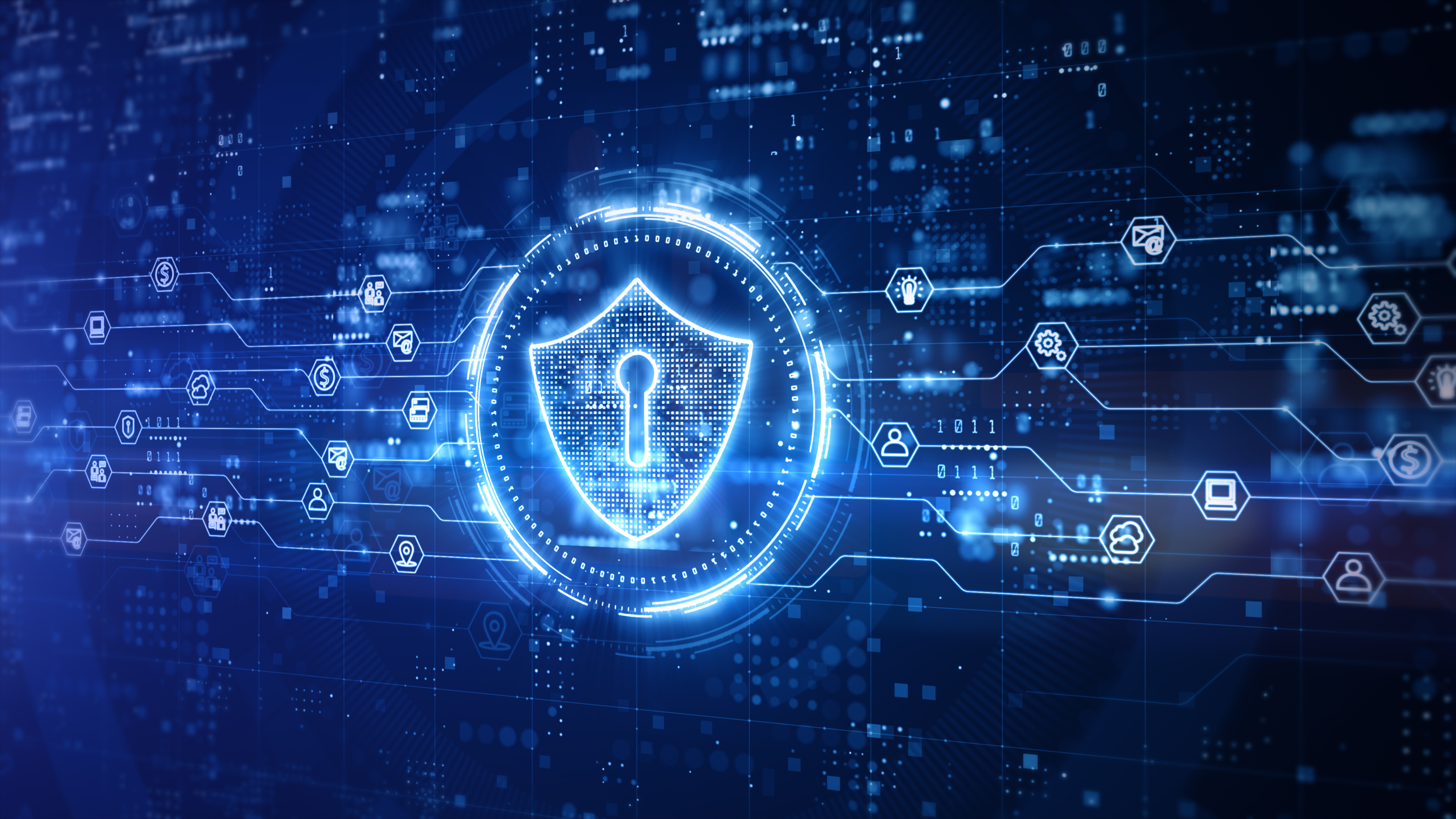Building a Cyber security Environment: Tactics for Effective Implementation
Building a Cyber security Environment: Tactics for Effective Implementation
Blog Article

In the modern digital environment, where information is more accessible than ever, building a strong cybersecurity culture across organizations is essential to safeguarding valuable data and maintaining reliability. With cybersecurity threats evolving constantly, it is crucial for businesses to simply invest in state-of-the-art technology but also cultivate an ecosystem where all employees understands the significance of cybersecurity. A strong culture can greatly diminish exposures and empower employees to take steps in safeguarding their organization's resources.
Establishing a cybersecurity culture requires a comprehensive approach that includes awareness, dialogue, and participation at all levels of the organization. It is not only the responsibility of the IT department; rather, each person in the organization has a role to play in fostering this culture. By executing planned actions that enhance understanding and encourage responsible digital behavior, organizations can transform their workforce into a cohesive force against cyber threats. The subsequent tactics provide a guideline for successfully building a cybersecurity culture that tackles the challenges of the modern interconnected landscape.
Grasping Cybersecurity Threats
Cybersecurity Course
Cybersecurity dangers are hazards that can compromise the secrecy, wholeness, and accessibility of information and infrastructures. These risks can emerge from diverse origins including cyber adversaries, human error, and technological flaws. The rising reliance on digital tools and the internet has increased the attack surface, making institutions more vulnerable to cyber threats. A robust grasp of these risks is crucial for entities aiming to build a holistic cybersecurity culture.
Cybercriminals such as cyber intruders use different strategies to exploit weaknesses in systems and systems. These methods include deceptive emails, which manipulate individuals into revealing personal details, and hostageware, which locks files and requires payment for their access. Organizations must be cognizant of these risks and the incentives behind them. Instructing employees about these threats can greatly reduce the likelihood of outcomes of attacks.
In furthermore to external threats, organizations must also contend with in-house weaknesses. Human error continues to be one of the primary causes of cybersecurity problems. Failing to to follow proper guidelines or overlooking cybersecurity protocols can lead to information leaks and failures. By fostering a culture that prioritizes cybersecurity knowledge and accountability, entities can reduce these vulnerabilities. This includes regular education and open communication about potential threats and best practices.
Promoting Workforce Engagement
Connecting your group is crucial in establishing a strong cybersecurity culture. One effective strategy is to create an open environment where staff feel comfortable communicating their feedback and experiences related to security. Frequently scheduled sessions can act as platforms for conversations, allowing participants to voice their issues, suggest solutions, and share best practices. This can not only increase knowledge but also nurture a sense of ownership in the organization's security efforts.
Adding game-like elements can enhance involvement further. By offering friendly competitions related to security understanding and procedures, you can inspire employees to participate enthusiastically. For case in point, organizing assessments or exercises that test their ability to identify fraudulent attempts can turn learning engaging while enhancing vital skills. These fun methods encourage participation and can produce a more informed workforce.
Recognition and incentives play a significant role in sustaining group involvement. Celebrating milestones such as finishing educational programs or successfully recognizing cybersecurity threats nurtures a positive reinforcement culture. Celebrating individual and collective successes also boosts morale but also highlights the importance of each participant’s role in protecting against cyber threats. This approach can deepen the dedication to ensuring a vigilant cybersecurity posture across the organization.
Creating Effective Education Initiatives
Creating a cybersecurity environment inside an enterprise commences by successful training modules that involve staff and enable them by providing the insight they need to spot and respond to risks. Such programs should be adapted to the particular demands of the business, considering aspects such as the sector, size, and existing cybersecurity measures. Interactive learning courses, including simulations and practical scenarios, can assist staff comprehend the significance of cybersecurity and recognize their part in defending confidential data.
Frequent training courses should not be a one-time event but rather an ongoing activity that evolves to the evolving cyber landscape. Companies ought to establish a timeline for follow-up courses and ameliorations to ensure staff aware of new challenges and industry standards. Distributing resources, including newsletters, videos, and infographics, can enhance learning and confirm that cybersecurity remains a perpetual emphasis in the company. Fostering honest dialogues about security issues can also create a collaborative atmosphere where employees are encouraged expressing thoughts and asking inquiries.
Moreover, measuring the impact of training initiatives is crucial to ensure they meet their aims. Organizations can evaluate staff's grasp through quizzes, feedback forms, and practical tests. Tracking cases of security breaches or potential threats can also provide critical insights into the program's effectiveness. Continuously enhancing educational efforts, organizations can develop a robust cybersecurity culture that empowers employees to function as the first line of defense against potential dangers.
Report this page